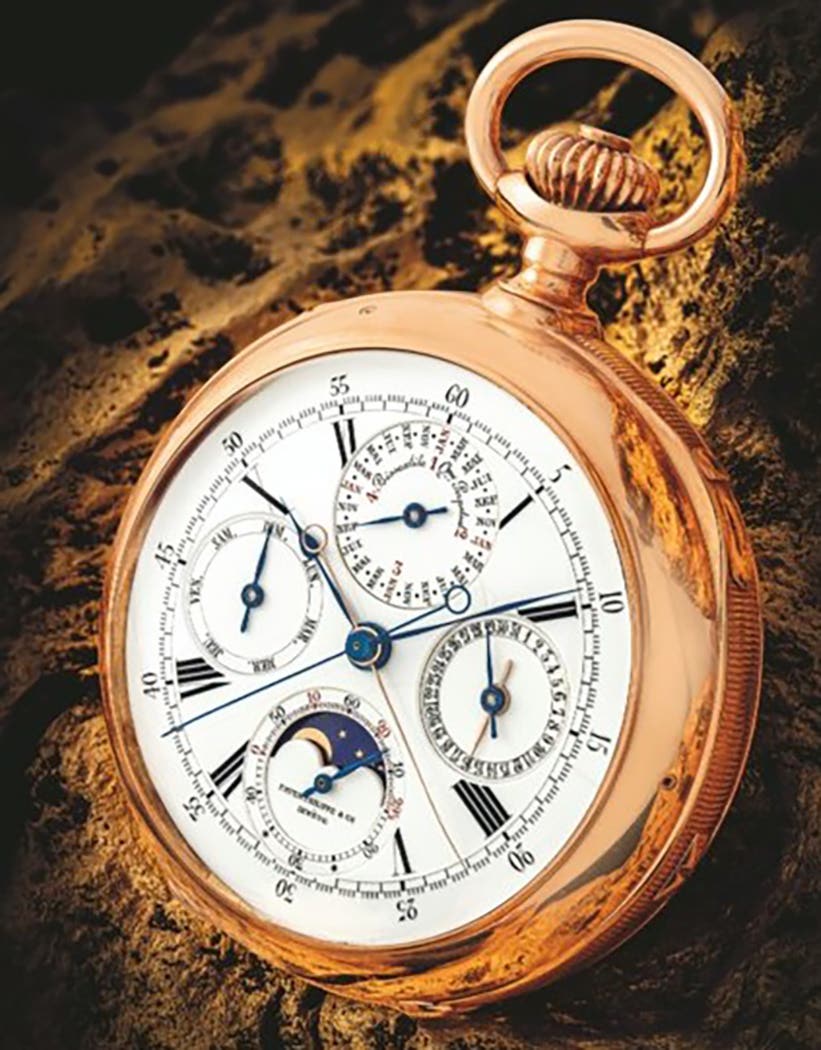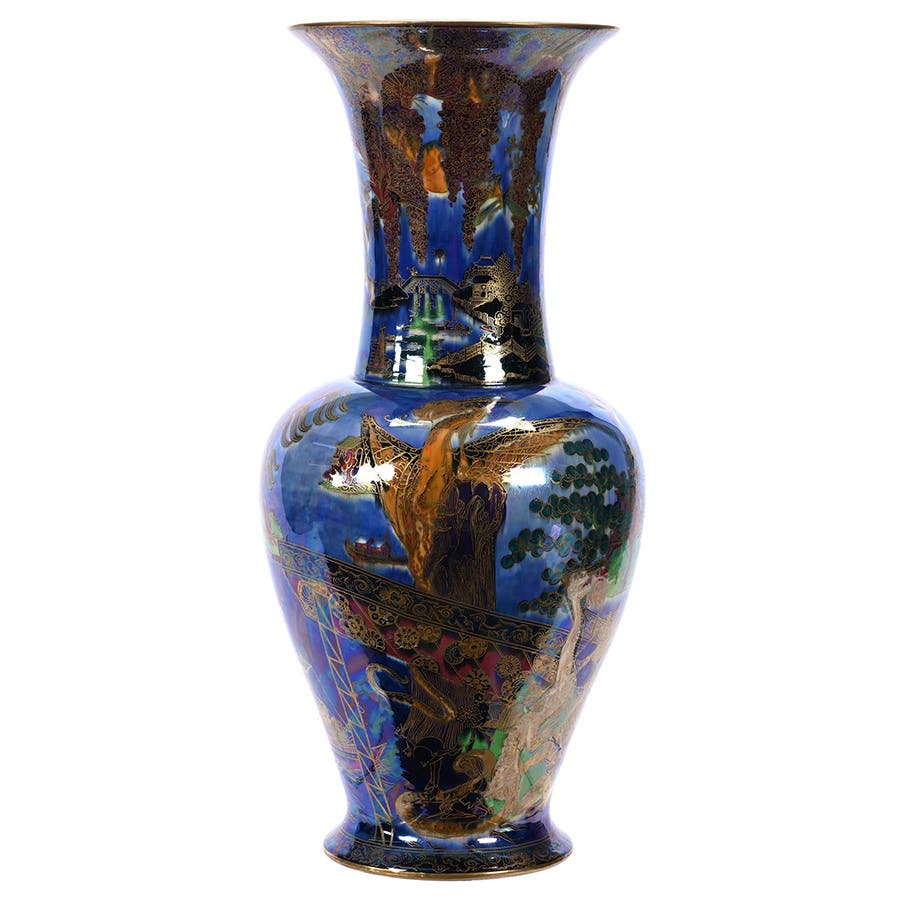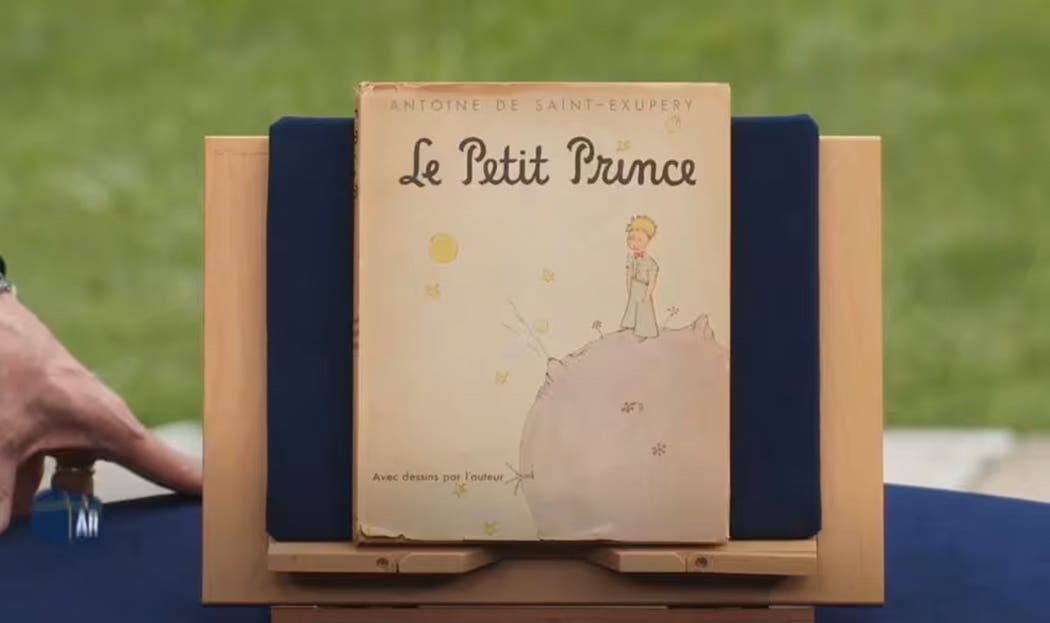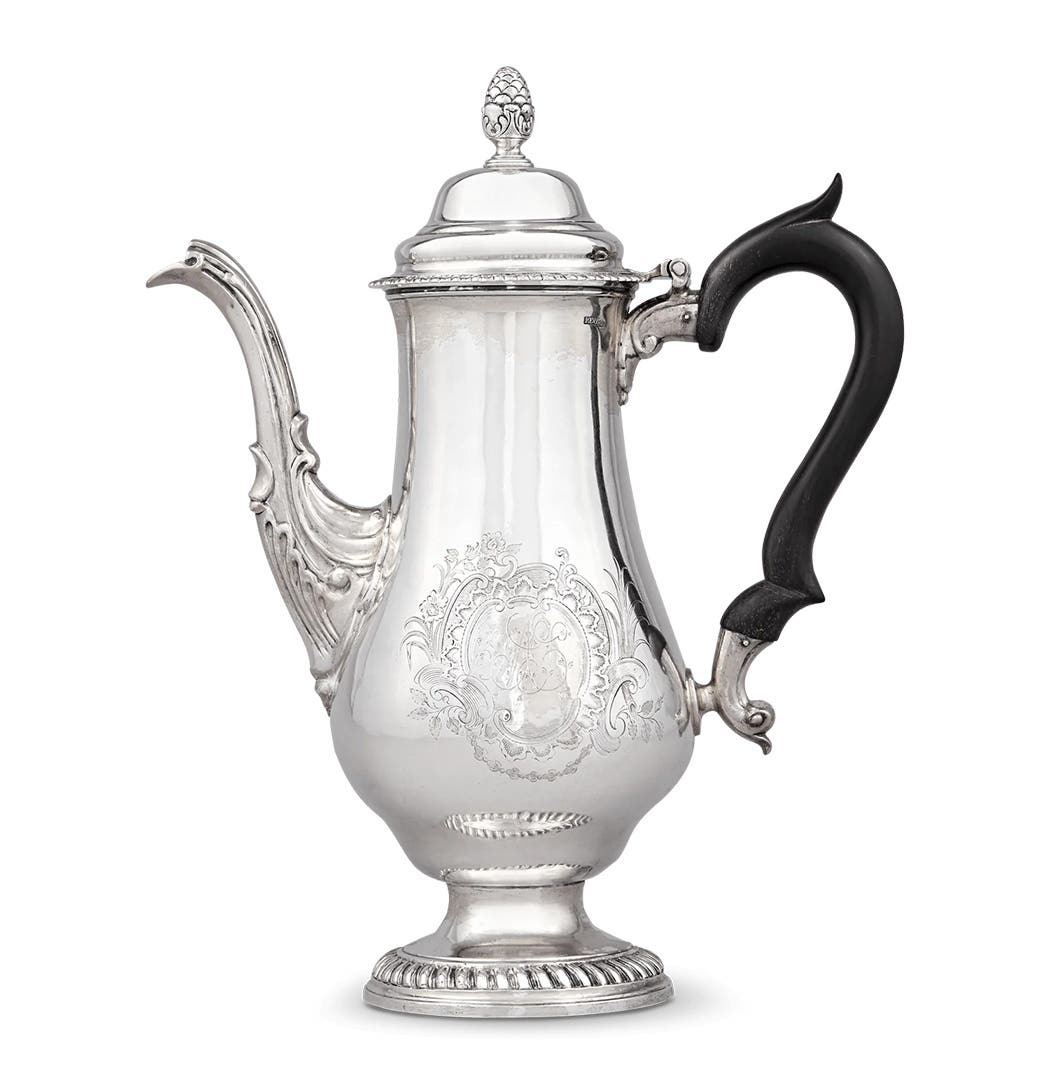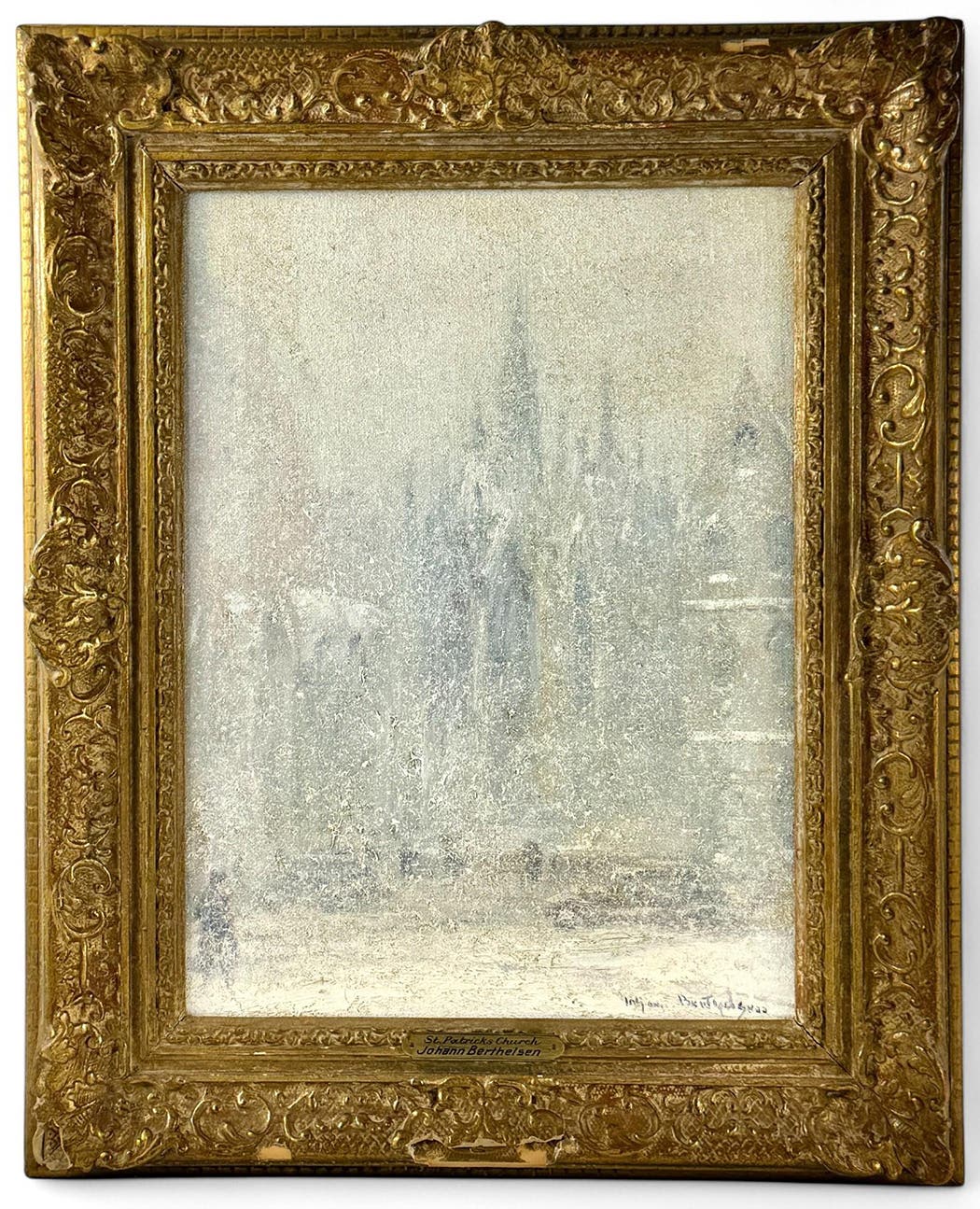Easter greetings celebrate springtime renewal
Often adorned with eggs and baby chicks, Easter greeting postcards serve as harbingers of spring. Karen Knapstein examines this practice in her latest Postcard Ponderings column.
After a long, harsh winter, everyone looks forward to Spring — a season of renewal that carries with it feelings of possibility and optimism. Since ancient times, eggs have been associated with renewal and rebirth. Before artificial lighting, when sunlight was the only available light source, hens in locations without adequate daylight, stopped laying eggs through the winter. The resumption of egg-laying was a portent that Spring was not far off.
Early Christians assimilated the egg as a symbol of Christ’s rising from the dead from
the pagans they were converting. Late 19th and early 20th century artists often incorporated several symbols of Spring in their postcard designs. The monetary values on all of the cards illustrated here are minimal. If these cards are estimated at a dollar or two apiece, that would be generous. Easter postcards are abundant, and modestly priced lots that can be accurately labeled as “a collection” are plentiful online.
The card with the simple text “Easter Greeting” on the front illustrates many springtime elements: four chicks, a hen, colored Easter eggs and a rabbit amid lush grass and shrubbery. Oddly enough, the only text included in the correspondence section is “Emmie.” I guess “Easter Greeting” said it all.
“A Merry Easter” is the greeting on a lovely embossed card made in Germany. The elaborate embossing is accentuated with simplistic coloring and outlines of applied glitter. The card depicts a chick perched atop an overturned basket with colored eggs tumbling out amidst a bouquet of purple forget-me-nots.
“Loving Easter Wishes” was published by Raphael Tuck & Sons and printed in Germany. It was postally used and postmarked from Broad Street Station, Philadelphia, on March 28, 1907. The designer took artistic license by placing two chicks inside the cracked eggshell — unless, of course, the chicks just happened to find an empty goose egg shell in and around which to explore. Placing two or more chicks inside an egg is a common design element; perhaps it’s meant to symbolize abundance. A fun design, really, made more endearing by the sender writing “Auntie” on the front. Unfortunately, the card has some condition issues that would keep me from framing it: bleed-through from the postmark blemishing the design, as well as two docked corners.
The “Easter Greeting” card stands apart from the rest in this grouping because of the vibrant colors and the artist’s use of a cracked egg to “frame” the scene of a nesting hen and rooster. The embossing adds an attractive dimension, too. This card was postmarked in Minneapolis, Minnesota, April 18, 1911.
Produced by the Stecher Lithographic Company of Rochester, New York, the “Easter Gladness” card has a lot going on. It has tasteful embossing outlining the design and
defining the texture of the cross. The card design is almost white-on-white with colored accents; the cross is set apart from the background by subtle shadowing. A chick stands atop a cracked egg and is framed by a wreath of what appears to be forget-me-nots.
The chick on the “With Best Easter Wishes” card isn’t particularly attractive, but it is adorned with vibrant forget-me-nots, pussy willows and rich coloring and embossing. I’m surprised the design isn’t centered on a cross, but on a vertical bar. The part of this card that’s the most fun is the greeting: “Hello Thelma. Did the rabbits lay any eggs for you? How is Houston? From Mark.”
A girl with her arms filled with chicks, sitting on the ground beside a nest full of eggs covers the “Easter Greeting” card mailed in 1921. A brightly plumed rooster commands even more attention on the design than the child. In my experience, roosters are not “nice”; they’re bullies. A while ago, a prettier rooster than this sent my husband to the emergency room for stitches. I find the message on the card most endearing: “Dear Helen: I wonder what you are doing today. I bet you are in school. I wish you and Dorothy would write me and tell me what you study in school, and what you do when not at school. With love from Aunt Alice.”
Easter, whether your celebrations are secular or religious, can be a time of reflection and renewal. Not just a renewal of the season, or a reminder of your religious views, but an opportunity to renew friendships and family relationships that may have lapsed. Here’s hoping for an abundant season of renewals.

